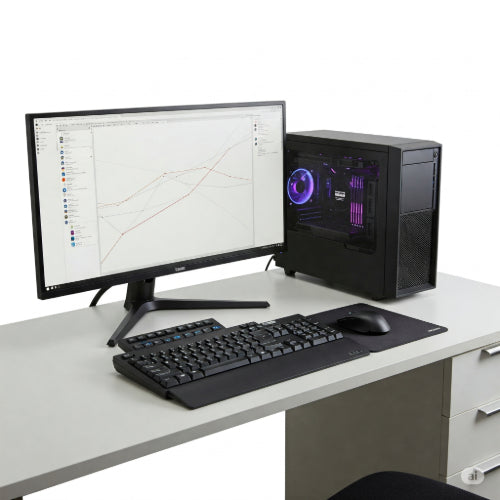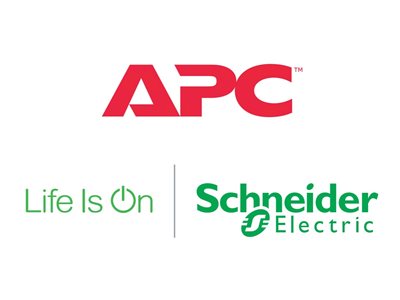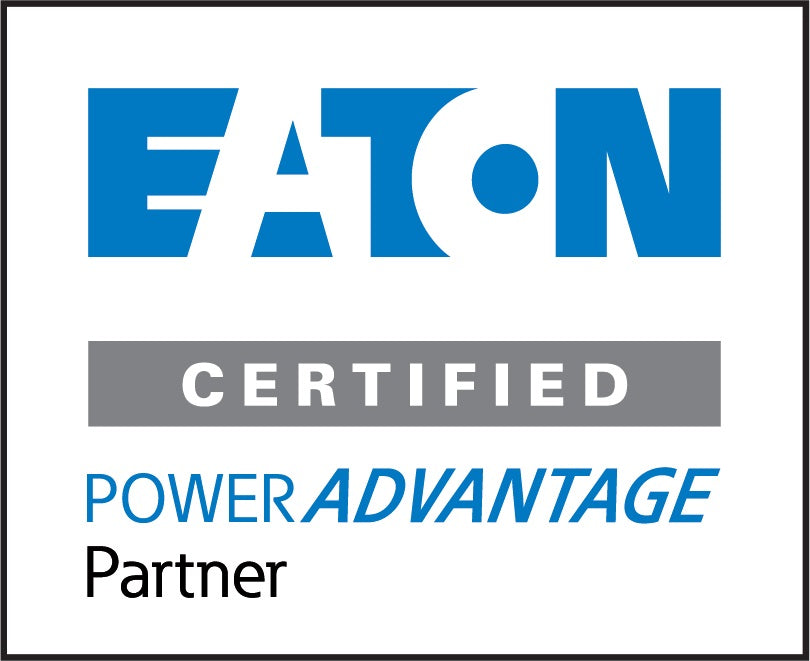Unleash Your Creativity: The Best Workstation Systems for Graphic Designers
For graphic designers, the computer isn't just a tool – it's the canvas, the studio, and the engine that brings creative visions to life. A sluggish or underpowered workstation can stifle inspiration and drastically impact productivity. Investing in the right system is paramount to unleashing your full creative potential.
So, what constitutes the "best" workstation for a graphic designer? It's a delicate balance of processing power, visual fidelity, storage speed, and overall reliability. Let's dive into the key components and considerations for building or buying the ultimate design powerhouse.
The Pillars of a Graphic Design Workstation:
-
The Brains: Processor (CPU)
- Why it matters: Graphic design software often involves complex calculations, especially during rendering, applying filters, and handling large files. A powerful CPU ensures smooth performance and reduces frustrating wait times.
- What to look for: Aim for multi-core processors with high clock speeds. Intel Core i7 or i9 series, or AMD Ryzen 7 or 9 series processors are excellent choices. More cores can significantly speed up multi-threaded tasks common in design software.
- Think ahead: If you frequently work with 3D rendering or heavy video editing, consider higher-end CPUs with even more cores and threads.
-
Visual Powerhouse: Graphics Card (GPU)
- Why it matters: While the CPU handles general processing, the GPU is crucial for accelerating visual tasks, especially in applications like Adobe Photoshop, Illustrator, and Premiere Pro. A dedicated GPU with ample VRAM (Video RAM) ensures smooth zooming, panning, and real-time rendering of complex graphics.
- What to look for: NVIDIA GeForce RTX or Quadro series, or AMD Radeon Pro series cards are highly recommended. The specific model will depend on your budget and the intensity of your work. Consider the amount of VRAM (at least 6GB, ideally 8GB or more for demanding tasks and higher resolutions).
- Driver Optimization: Ensure the GPU drivers are regularly updated for optimal performance with your design software.
-
Memory for Momentum: RAM
- Why it matters: RAM (Random Access Memory) allows your computer to quickly access frequently used data. Insufficient RAM will lead to slowdowns, especially when working with large files or multitasking between multiple design applications.
- What to look for: 16GB is the absolute minimum for comfortable graphic design work. However, 32GB or even 64GB is highly recommended for smoother performance with complex projects and multitasking. Look for faster RAM speeds (measured in MHz).
-
Speed and Space: Storage
- Why it matters: The type and speed of your storage significantly impact boot times, application loading speeds, and file access.
- What to look for: A fast NVMe Solid State Drive (SSD) is essential for your operating system, design software, and active project files. Aim for at least 500GB or 1TB. Consider a secondary, larger Hard Disk Drive (HDD) or additional SSDs for archiving older projects and large media libraries.
- Prioritize Speed: The performance difference between an SSD and an HDD is night and day for design workflows.
-
The Window to Your World: Display
- Why it matters: Accurate color representation is critical for graphic designers. A high-quality monitor ensures your designs look as intended across different devices and platforms.
-
What to look for:
- Resolution: Aim for at least 1920 x 1080 (Full HD), but QHD (2560 x 1440) or 4K (3840 x 2160) offers more detail and screen real estate.
- Color Accuracy: Look for monitors that cover a wide color gamut, such as 99-100% sRGB or Adobe RGB. IPS panels generally offer better color accuracy and wider viewing angles.
- Color Calibration: Invest in a hardware color calibrator to ensure your monitor displays colors accurately.
- Size: Consider a monitor size that suits your workspace and workflow. 27-inch or larger displays are often preferred for design work. Dual monitor setups can significantly boost productivity.
-
Connectivity and Peripherals:
- Why it matters: Having the right ports and peripherals enhances your workflow and allows you to connect essential accessories.
- What to look for: Ample USB ports (including USB 3.0 or higher and potentially USB-C/Thunderbolt), HDMI or DisplayPort for connecting multiple monitors, and a comfortable mouse and keyboard. Consider a graphics tablet for more precise drawing and editing.
Pre-built vs. Custom-built:
- Pre-built workstations: Offer convenience and often come with warranties and support. Brands like Dell (Precision), HP (Z Workstations), and Lenovo (ThinkStation) offer configurations specifically tailored for creative professionals.
- Custom-built workstations: Provide maximum flexibility and allow you to choose each component based on your specific needs and budget. This option often offers better performance for the price but requires more technical knowledge and assembly.
Operating System: macOS vs. Windows
Both macOS and Windows are viable options for graphic design, and the choice often comes down to personal preference and the specific software you use. Most major design applications are available on both platforms.
- macOS: Known for its user-friendly interface, strong integration with Apple's ecosystem, and often favored in creative industries.
- Windows: Offers a wider range of hardware options at various price points and excellent compatibility with a vast array of software and peripherals.
Key Software Considerations:
Ensure your chosen workstation meets the recommended and ideally the optimal specifications for the graphic design software you primarily use (e.g., Adobe Creative Suite, Affinity Designer, Sketch, Figma).
Investing in Your Creative Future:
Choosing the right workstation is an investment in your productivity and creative output. By understanding the key components and their impact on your workflow, you can make an informed decision that empowers you to bring your most ambitious design ideas to life without technical limitations holding you back. Don't just buy a computer; build or select a creative powerhouse that fuels your passion.







